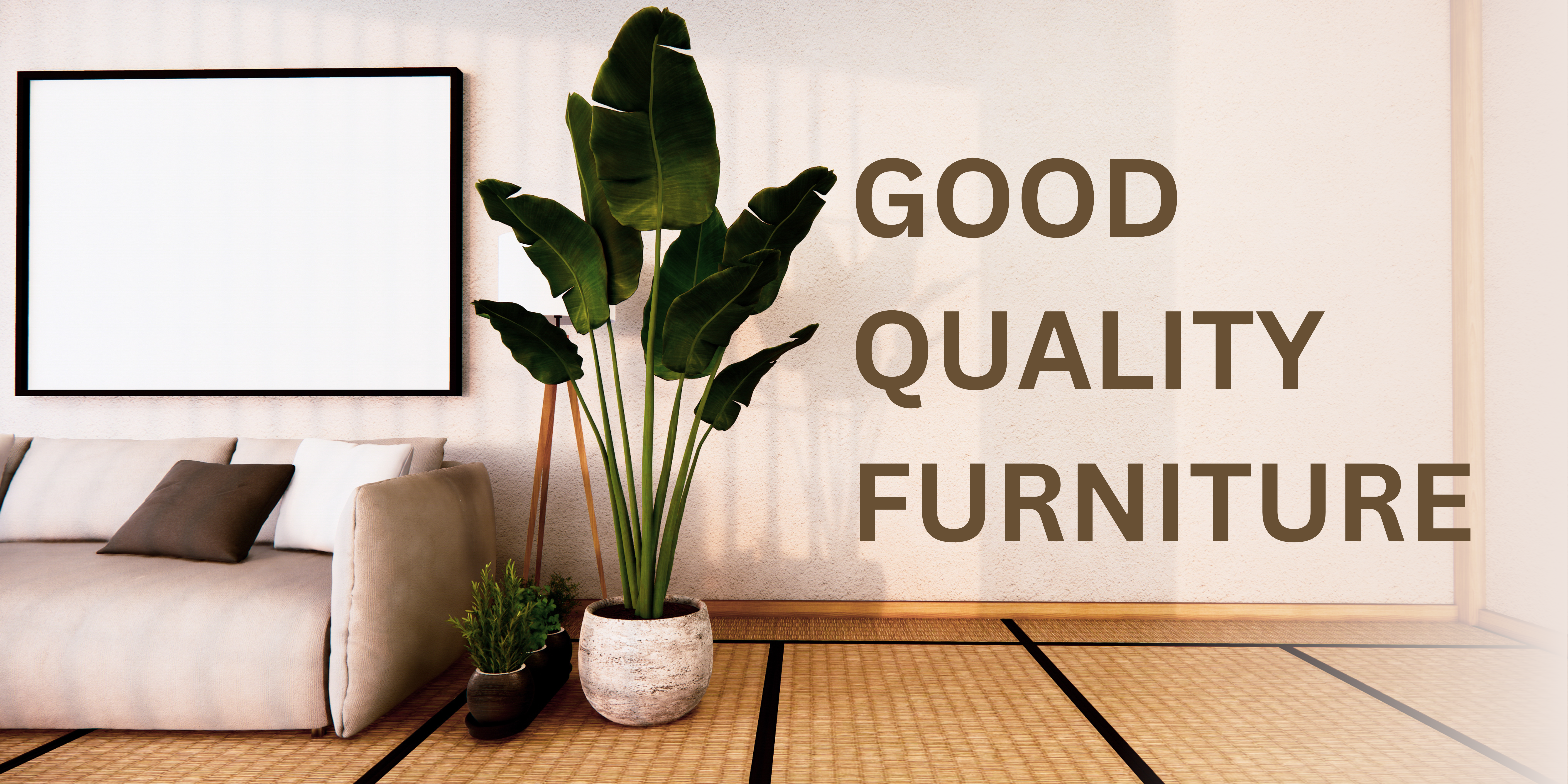
First, consider the materials used in the construction of the furniture; solid wood, metal, or high-quality upholstery are good indicators of durability. Additionally, look for reputable brands or manufacturers known for their craftsmanship and attention to detail. Reading customer reviews and asking for recommendations from friends or family members who have purchased quality furniture can also help guide your decision-making process. Remember to prioritize comfort, functionality, and style when selecting furniture pieces for your home. Ultimately, it’s important to assess your budget and determine the level of investment you are willing to make in order to ensure that you are getting the best value for your money. It may also be beneficial to visit furniture showrooms or stores in person to test out the quality and comfort of different pieces before making a final decision. Additionally, consider the size and layout of your space to ensure that the furniture you choose fits well and complements the overall design of your home. Don’t forget to take into account any special features or materials that may be important to you, such as eco-friendly options or durability for high-traffic areas. Ultimately, investing time and effort into researching and comparing different furniture options will help you make an informed decision that you will be satisfied with in the long run. Remember to also factor in your personal style preferences and budget constraints when selecting furniture for your home. Consider creating a mood board or design plan to help visualize how different pieces will look together in your space. Additionally, don’t hesitate to seek advice from interior designers or furniture experts for guidance on selecting the best options for your home. By taking these steps, you can ensure that the furniture you choose not only meets your practical needs but also enhances the overall aesthetic of your living space. Consulting with professionals can provide valuable insights and help you avoid costly mistakes in the long term. Ultimately, the goal is to create a cohesive and visually appealing environment that reflects your personal style and enhances your daily life. Remember to also take into account factors such as comfort, durability, and functionality when making your final decisions.
